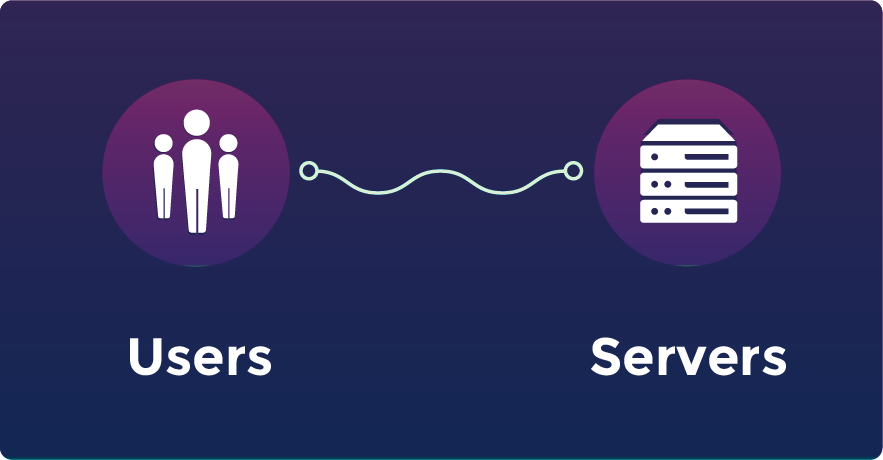What is a Stateless Server?
In the world of computing, servers play a crucial role in handling client requests and delivering responses. One common classification of servers is based on their state management—whether they maintain a state or not. This brings us to the concept of stateless servers. In this article, we will explore what a stateless server is, how it works, its benefits, and its real-world applications.
What is a Stateless Server?
A stateless server is a server that does not store any information about a client’s previous requests. Every request from a client is treated as independent and is processed without reference to past interactions. This means that the server does not retain any session data between different requests.
In contrast, a stateful server maintains client session data, requiring the client to interact with the same server or have a mechanism to transfer session information between servers.
How Does It Work?
A stateless server works by processing each request independently. Here’s a step-by-step breakdown:
- The client sends a request – The client makes a request to the server, providing all necessary information within the request itself.
- Server processes the request – The server processes the request based on the provided data, without referring to past interactions.
- Server responds – Once processed, the server sends a response back to the client.
- No session retention – After sending the response, the server does not store any client-related data, ensuring a clean slate for the next request.

Some Benefits
- Scalability – Since stateless servers do not store client data, they can easily scale horizontally. Additional servers can be added without worrying about session management or data synchronization.
- Fault Tolerance – If one server goes down, another can take over without affecting the client experience. This improves system reliability and fault tolerance.
- Simplified Deployment – Stateless servers do not require complex session replication mechanisms, making deployment and maintenance easier.
- Better Performance – Without the overhead of storing and managing session data, stateless servers often perform better than their stateful counterparts.
Real-World Applications of Stateless Servers
- RESTful APIs – REST (Representational State Transfer) is a widely used architectural style for web services that relies on stateless communication. Each API request is independent, making it scalable and efficient.
- Content Delivery Networks (CDNs) – CDNs use stateless servers to distribute content globally. Since each request for a resource (like an image or video) is independent, stateless design helps optimize delivery.
- Microservices Architecture – Many microservices are designed to be stateless, enabling them to scale independently and communicate through APIs without maintaining session data.
- Serverless Computing – Serverless platforms, like AWS Lambda and Google Cloud Functions, operate on a stateless model. Each function execution is independent, and state management is often handled externally using databases or caching systems.
Stateless vs. Stateful Servers
| Feature | Stateless Server | Stateful Server |
|---|---|---|
| Session Storage | No session data stored | Maintains session data |
| Scalability | Easily scalable | Requires session replication |
| Fault Tolerance | High | Lower (session-dependent) |
| Performance | High | May be impacted by session management |
Conclusion
Stateless servers are an integral part of modern computing, especially in cloud-based and distributed systems. Their scalability, reliability, and performance advantages make them an ideal choice for various applications, from APIs to serverless computing. Understanding how stateless servers work and their benefits can help businesses design efficient and resilient architectures.
If you’re considering implementing stateless servers in your system, ensure you have a strategy for managing client data, such as leveraging external databases or caching mechanisms. By doing so, you can harness the full power of stateless computing while maintaining an optimal user experience.